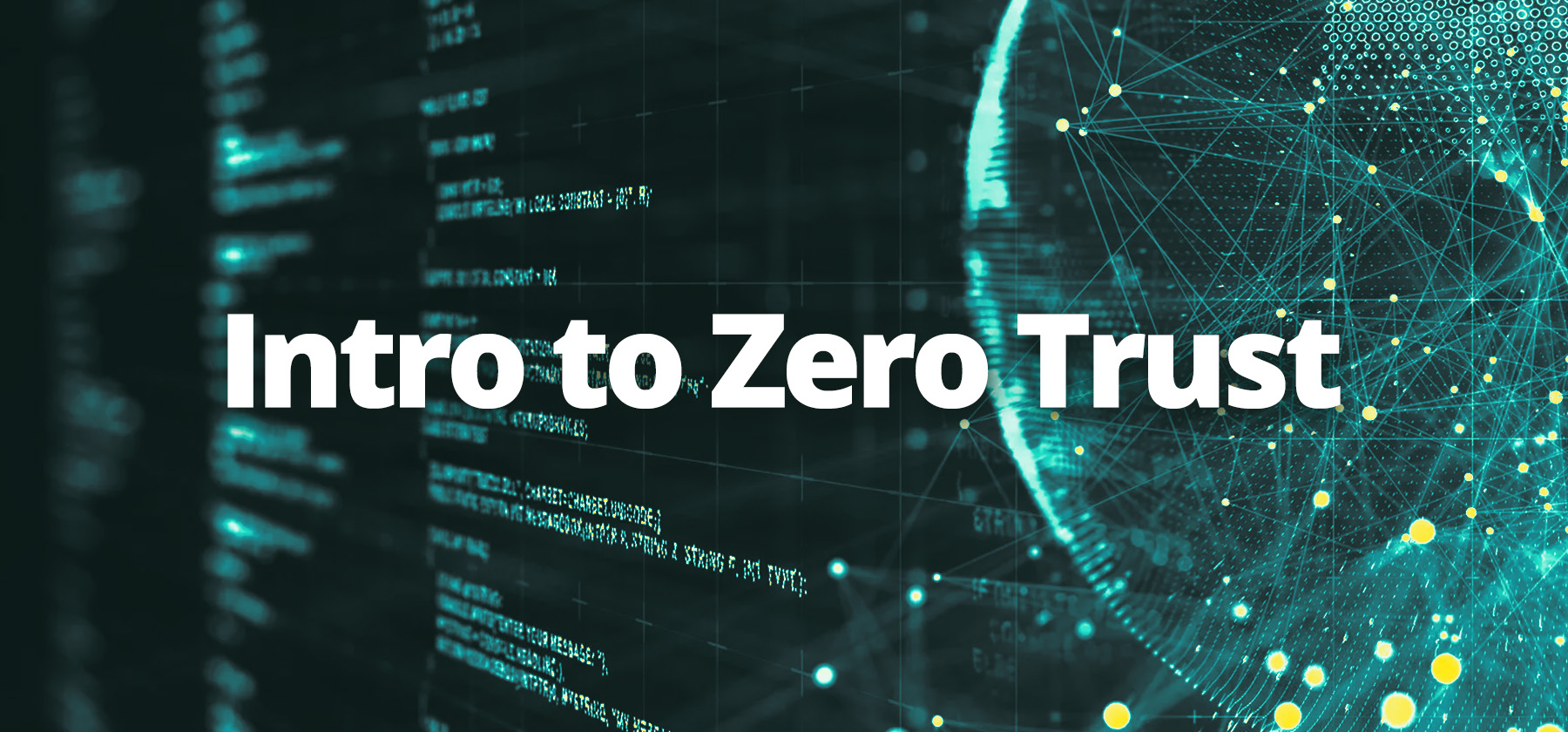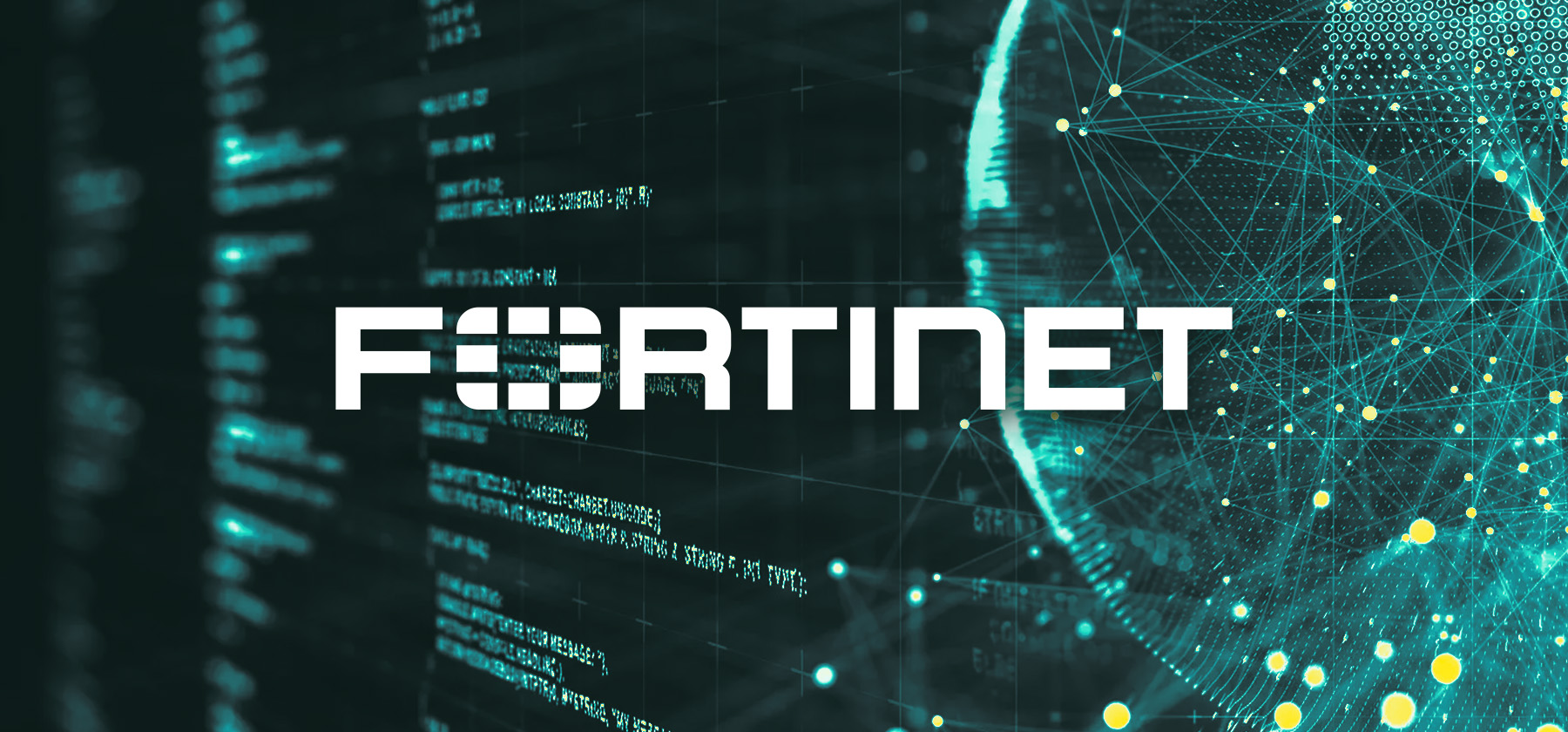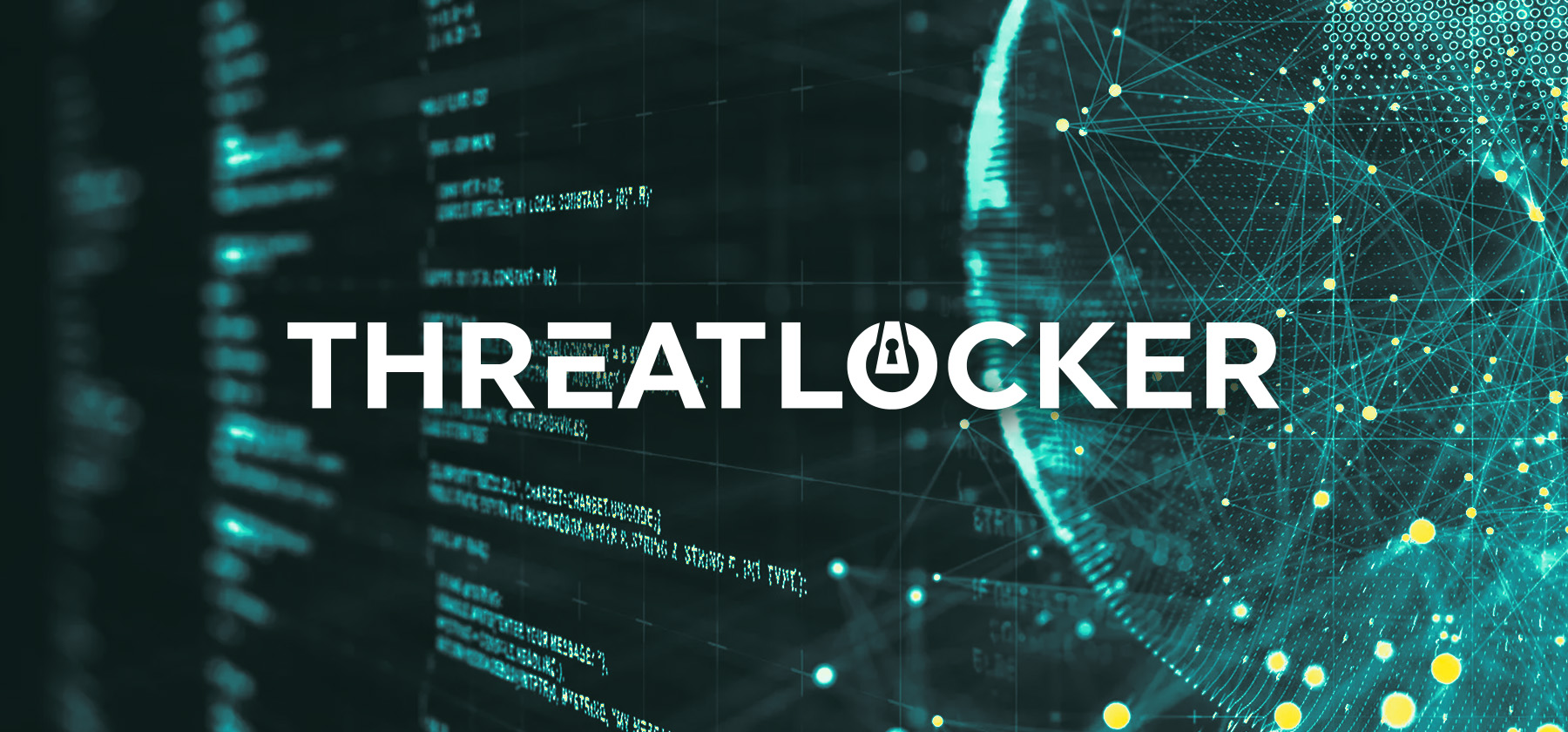Introduction to Zero Trust: A Comprehensive Approach for Securing Windows and Network Environments
Introduction to Zero Trust: A Comprehensive Approach for Securing Windows and Network Environments
In today’s rapidly evolving cybersecurity landscape, the concept of Zero Trust has become a cornerstone for organizations striving to protect their digital assets. Zero Trust is not just a buzzword; it’s a philosophy and framework that fundamentally changes how security is approached. Instead of assuming that everything inside a network is trustworthy, Zero Trust mandates that all entities—whether they are users, devices, or applications—must be continuously verified and validated before being granted access to critical resources. In this blog, we’ll explore the general concept of Zero Trust, how it is deployed in both Windows environments and networks, and why partnering with a Managed Service Provider (MSP) like L3 Networks is essential for a successful Zero Trust strategy.
Understanding the Zero Trust Concept
Zero Trust is based on a simple yet powerful principle: "Never trust, always verify." Traditional security models often operate on the assumption that everything inside a network is trustworthy, focusing on defending the perimeter. However, with the increasing prevalence of remote work, cloud adoption, and sophisticated cyberattacks, this approach is no longer sufficient. Zero Trust flips the traditional model on its head by assuming that threats could exist both outside and inside the network.
Key Point #1: One of the most critical elements in Zero Trust is the ongoing verification process. It’s not about setting up once and forgetting it; it’s about continuous vigilance.
The core principles of Zero Trust revolve around the idea that no user or device, whether inside or outside the network, should be inherently trusted. This approach involves strict identity verification, least privilege access, micro-segmentation of networks, and continuous monitoring. By implementing these practices, organizations can effectively minimize the risk of breaches and limit the damage caused by potential threats.
Deploying Zero Trust in Windows Environments
In a Windows environment, Zero Trust focuses on endpoint protection. The goal is to ensure that only trusted applications, users, and devices can access or execute on the system. This approach minimizes the attack surface by blocking all unapproved activities, which is particularly critical given the prevalence of ransomware, malware, and other endpoint-targeted attacks.
Key methods of Zero Trust in Windows environments include:
- Application allowlisting: Only explicitly permitted applications can run on the system, blocking all others by default. This prevents malicious software from executing, even if it bypasses traditional detection methods.
- Ringfencing: This adds another layer of security by controlling what permitted applications can do once they are running, limiting their ability to interact with other applications, access network resources, or modify system files.
- Storage control: Policies govern access to local and networked storage, ensuring that sensitive data is only accessible to authorized users and applications.
Key Point #2: By controlling what applications can do within a Windows environment, you significantly reduce your attack surface. This is where Zero Trust shines.
Continuous monitoring and auditing are also essential components of Zero Trust in Windows environments. Real-time auditing of all activities provides visibility into what’s happening across the environment, allowing for immediate action if suspicious behavior is detected. This level of oversight is crucial for maintaining the integrity of the system and ensuring compliance with security policies.
The benefits of deploying Zero Trust in Windows environments are clear:
- Significantly reduced attack surface: By blocking unapproved activities, you prevent unauthorized access and minimize the risk of breaches.
- Streamlined compliance: With tight control over data and applications, regulatory compliance becomes easier to maintain.
- Increased operational efficiency: Automated security processes free up IT resources for more strategic tasks.
However, the complexity of implementing and managing these controls requires a deep understanding of the technology and the specific security needs of the organization. This is where L3 Networks plays a pivotal role, offering expert configuration, continuous management, and proactive oversight to ensure that your Zero Trust framework is effective and aligned with your security objectives.
Deploying Zero Trust in Network Environments
For network infrastructures, Zero Trust extends beyond endpoints to encompass all aspects of data flow and connectivity. The core objective is to ensure that only verified users and devices can access network resources, and that access is tightly controlled and segmented to prevent the spread of threats.
Core strategies for Zero Trust in networks include:
- Micro-segmentation: The network is divided into smaller, secure segments, each with its own set of access controls. This approach limits the ability of attackers to move laterally across the network if they gain a foothold.
- Identity-based access control: Access to resources is granted based on the identity and role of the user or device, rather than their location within the network.
- Encryption of communications: Ensures that all data in transit is encrypted, protecting sensitive information even if intercepted.
- Continuous verification: Every access request is evaluated in real-time, considering both the user’s identity and the device’s health. This ensures that access remains secure throughout the session.
Key Point #3: Micro-segmentation is not just a buzzword; it’s the foundation of preventing lateral movement across your network. The finer the segmentation, the safer your network.
The implementation of these strategies provides several key benefits to organizations. By enforcing strict access controls and continuously verifying all entities, Zero Trust for networks significantly reduces the risk of unauthorized access and data breaches. Additionally, the micro-segmentation of networks and the use of encryption ensure that even if a breach occurs, the potential impact is minimized.
For example, in a distributed work environment, where employees connect from various locations, Zero Trust ensures that access is secure regardless of where the connection originates. This is essential for maintaining the integrity of your network in a world where remote work is becoming the norm. L3 Networks excels in managing these complex environments, ensuring that your Zero Trust strategy is seamlessly integrated across all platforms—whether on-premises, in the cloud, or in a hybrid setup.
The Role of L3 Networks in Zero Trust Deployment
While the Zero Trust model is powerful, its effectiveness depends heavily on proper deployment, continuous management, and ongoing oversight. This is where L3 Networks comes into play. As an experienced MSP, L3 Networks specializes in implementing and managing Zero Trust architectures tailored to the unique needs of each organization.
Deploying a Zero Trust framework requires a deep understanding of both the technology and the specific security requirements of the organization. L3 Networks brings years of experience and technical expertise to the table, ensuring that Zero Trust policies are configured correctly from the outset. Our team works closely with your organization to develop a comprehensive Zero Trust strategy that addresses your specific security needs and objectives.
Why L3 Networks is Essential for a Successful Zero Trust Strategy:
- Expert Configuration and Deployment: We ensure that Zero Trust policies are configured correctly from the outset, tailored to your specific security needs.
- Continuous Monitoring and Management: L3 Networks provides 24/7 monitoring and management, ensuring that your Zero Trust framework remains robust and effective over time.
- Vendor-Agnostic Approach: We integrate and manage a wide range of Zero Trust solutions, selecting the best tools for your specific needs.
- Comprehensive Support: L3 Networks offers ongoing support, including regular reviews, updates, and threat intelligence integration to keep your defenses strong.
Key Point #4: Zero Trust is a journey, not a destination. Having a trusted partner like L3 Networks ensures that your strategy evolves as threats evolve.
These capabilities make L3 Networks more than just a service provider—we become a strategic partner in your security journey.
Customer Benefits of Zero Trust with L3 Networks
The implementation of a Zero Trust strategy offers significant benefits to organizations, particularly when managed by an expert partner like L3 Networks. These benefits go beyond enhanced security to include operational efficiency, compliance, and peace of mind.
-
Enhanced Security Against Advanced Threats:
With Zero Trust, security is proactive, not reactive. By default, only trusted applications, devices, and users can interact with the system, drastically reducing the risk of malware, ransomware, and other malicious activities. L3 Networks ensures that every aspect of your Zero Trust framework is configured to protect against even the most advanced threats. We continuously monitor and adjust policies based on the latest threat intelligence, so your organization stays ahead of potential attacks.
-
Operational Efficiency Through Automation:
By automating many security tasks, Zero Trust reduces the burden on IT staff and allows them to focus on strategic initiatives. For example, application allowlisting ensures that only pre-approved software runs, eliminating the need for constant manual oversight. L3 Networks takes this automation further by integrating advanced management practices, ensuring that your policies are not only enforced but optimized, freeing up your IT staff to focus on higher-value tasks.
-
Minimized Downtime and Reduced Impact of Breaches:
In a breach scenario, the damage is often exacerbated by the ability of attackers to move laterally across the network. Zero Trust limits this risk through micro-segmentation and strict access controls. Even if an endpoint is compromised, the attacker’s ability to inflict damage is significantly reduced. With L3 Networks managing your Zero Trust deployment, we don’t just implement these controls; we continuously refine them to ensure minimal disruption to your operations. Our proactive approach to monitoring means that threats are detected and neutralized before they can cause widespread harm.
-
Simplified Compliance and Reporting:
Many industries are subject to stringent regulatory requirements, such as GDPR, HIPAA, and PCI-DSS. Zero Trust frameworks inherently align with these regulations by ensuring that access to sensitive data is tightly controlled and regularly audited. L3 Networks provides additional value by handling the complexity of compliance for you. We manage the auditing, reporting, and policy adjustments required to meet industry standards, making it easier for your organization to maintain compliance without dedicating excessive internal resources to it.
Key Point #5: The true value of Zero Trust isn’t just in preventing breaches—it’s in giving organizations the peace of mind that their systems are secure, compliant, and resilient.
L3 Networks: The Strategic Advantage in Zero Trust
The technology behind Zero Trust is powerful, but its true potential is only realized when it’s expertly managed. For organizations, the greatest benefit of a Zero Trust strategy lies in its ability to be tailored and continuously adapted to meet specific security and operational needs. This is where L3 Networks shines.
L3 Networks brings expertise across multiple domains, whether it’s managing endpoint security in a Windows environment or securing a complex network infrastructure. Our team is well-versed in the nuances of deploying and managing Zero Trust across various environments, ensuring that your security framework is both comprehensive and cohesive. Our vendor-agnostic approach means that we can integrate and manage a wide range of solutions, selecting the best tools for your specific requirements rather than being limited to a single platform.
Key Point #6: Choosing the right partner makes all the difference. With L3 Networks, you’re not just getting a service provider—you’re gaining a strategic partner committed to your security success.
Implementing Zero Trust is not a one-time project; it requires ongoing management and refinement to remain effective. L3 Networks provides 24/7 support and monitoring, ensuring that your security posture is always up to date. We proactively adjust policies, integrate new threat intelligence, and ensure that your Zero Trust framework evolves alongside the threat landscape. This continuous improvement model ensures that your security strategy is always aligned with your business goals. We don’t just respond to threats; we anticipate them, providing you with a dynamic defense that adapts to new challenges.
For many organizations, the cost of hiring and maintaining an in-house security team with the expertise to manage Zero Trust is prohibitive. L3 Networks offers a more cost-effective solution by providing access to a team of experts without the overhead of a full-time staff. Our managed services model allows you to benefit from enterprise-grade security management at a fraction of the cost, ensuring that your organization remains protected without straining your budget.
At L3 Networks, we understand that every organization is unique. Our customer-centric approach means that we work closely with you to understand your specific needs, challenges, and objectives. We then tailor our services to meet those needs, ensuring that your Zero Trust strategy is not just effective, but also aligned with your business goals. We prioritize transparency and collaboration, providing you with clear insights into how your security strategy is performing and where improvements can be made. This partnership approach ensures that you remain in control of your security while benefiting from our expertise.
Final Thoughts: Why Zero Trust and Why L3 Networks?
Zero Trust is more than just a security framework; it’s a strategic approach that empowers organizations to defend against modern threats while enhancing operational efficiency. By enforcing strict access controls, continuously verifying all entities, and assuming that threats could exist anywhere, Zero Trust provides a robust defense against the increasingly complex cyber threat landscape.
However, the effectiveness of a Zero Trust strategy is directly tied to how well it is implemented and managed. That’s where L3 Networks comes in. As a trusted partner, we provide the expertise, resources, and continuous support needed to ensure that your Zero Trust framework is not only deployed correctly but also remains effective over time.
When you partner with L3 Networks, you’re not just investing in a security solution—you’re investing in a comprehensive security strategy that evolves with your organization. Our commitment to excellence, combined with our deep technical expertise, ensures that your Zero Trust strategy delivers the protection, efficiency, and peace of mind your organization needs to thrive.



